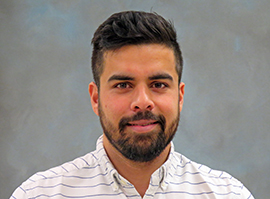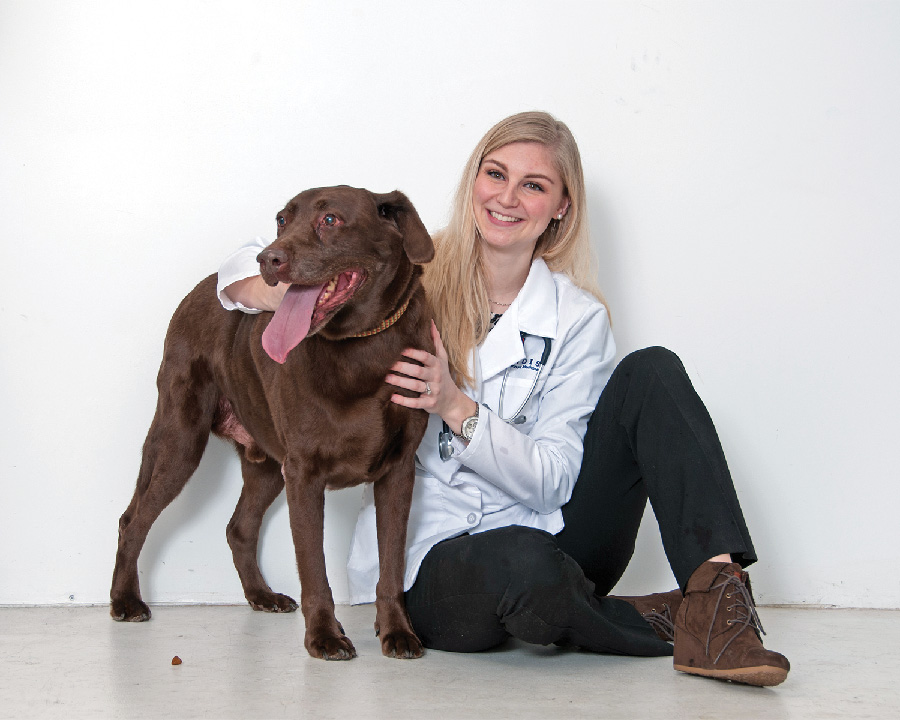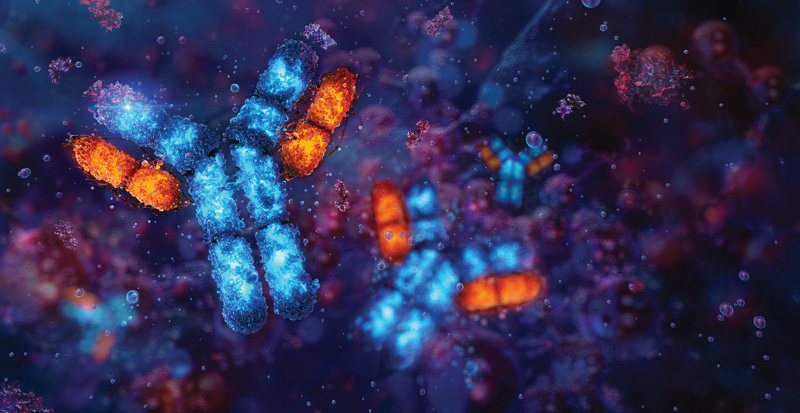Tell us about your background.
I was born and raised in Toronto, Ontario. I completed my undergraduate degree at the University of Guelph, then attended the Royal (Dick) School of Veterinary Studies at the University of Edinburgh. I returned to Ontario to complete an equine internship at Milton Equine Hospital, then worked as a mixed-animal general practitioner. I then went to the University of Montreal where I completed a master’s in feline acute pain and an anesthesiology residency training program.
How did you become interested in anesthesiology?

It was actually a decision I came to as I completed my veterinary studies in Edinburgh. I had considered other specialties, but when working on a dissertation on chronic pain, I found myself enthralled with the topic. I have always enjoyed biology, chemistry, and physics, and this specialty has allowed me to combine that with medicine and practice what I love. It didn’t hurt that my parents both did (human) anesthesia residencies… Maybe it’s genetic?
What are your special interests?
I have a particular interest in the use of locoregional anesthesia. These techniques are by far the most effective form of analgesia. When used pre-emptively they mitigate many complications seen perioperatively.
During my residency, for example, I performed ultrasound guided blocks for multiple forelimb amputations and stifle surgeries, which permitted an opioid-free anesthetic protocol. These patients were comfortable post-operatively, ate and drank well, and were voluntarily ambulatory soon after the end of anesthesia, a noticeable improvement over dogs receiving more “traditional” protocols.
Tell us about a favorite case (or two) of yours.
My first colic anesthesia alone as an intern presented with a PCV of 81% and total solids of 11 g/dL! I remember the stress knowing I would be performing her anesthesia, managing such a sick patient AND keeping her asleep. The anesthesia itself was very up-and-down, as you can imagine. It was a lot of work, but when she stood after surgery I felt an incredible feeling of accomplishment.
(For those interested: it was a strangulating lipoma, which caused necrosis of the small intestine, which then adhered to the cecum, she had a resection-anastamosis and partial-typhlectomy.)
A close second would be any small animal cesarean section. I love having to perform a quick epidural and then take care of the dam while resuscitating puppies/kittens in the middle of the night!
Tell us a fun fact about yourself.
I grew up with large-breed dogs (Bouvier des Flandres) and was a self-proclaimed “big dog person.” But apparently I have a problem saying “no” to rescuing animals. So now I have two small dogs, Poppy and Lexie (a Yorkie-cross and Italian greyhound) that I adopted during my residency when they both had broken legs and needed surgery. They are doing great now, you would never know. However, now I am my “dogs’ big person.”



